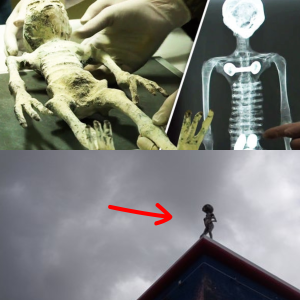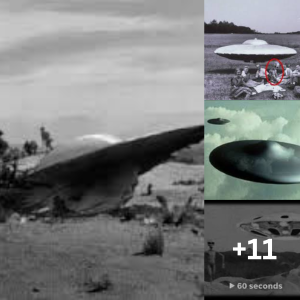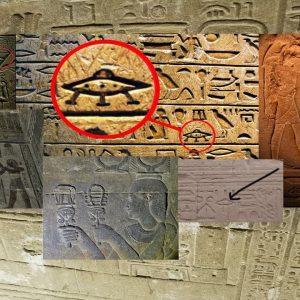Physicists are astonished by the perfectly spherical shape resulting from the collision of neutron stars.
Astrophysicists have been left baffled by the unexpectedly flawless shape of the kilonova explosion resulting from the merging of two neutron stars, as revealed by a recent analysis of the aftermath of a neutron star collision that occurred in 2017.

The perfectly symmetrical and nearly perfect spherical shape defies all prior assumptions and models of kilonovae, leaving scientists uncertain about the underlying cause of this unusual phenomenon.
“No one expected the explosion to look like this. It makes no sense that it is spherical, like a ball,” says astrophysicist Darach Watson

of the Niels Bohr Institute in Denmark.
“But our calculations clearly show that it is. This probably means that the theories and simulations of kilonovae that we have been considering over the past 25 years lack important physics.”
Neutron star collisions are rare events, with the 2017 GW170817 explosion remaining the most detailed example on record. This extraordinary event has provided valuable insights into the Universe, including the production of gamma radiation, the most energetic form of light, and the creation of heavy elements such as gold and platinum. However, there is still much to learn about neutron star collisions, and the abundance of data collected from the 2017 event has led researchers to continue sifting through it in order to gain a deeper understanding of the explosion’s geometry and energy. The unexpected spherical shape of the kilonova explosion has highlighted the limitations of current models and revealed the need for further research.
“You have two super-compact stars that orbit each other 100 times a second before collapsing. Our intuition, and all previous models, say that the explosion cloud created by the collision must have a flattened and rather asymmetrical shape,” Sneppen says.
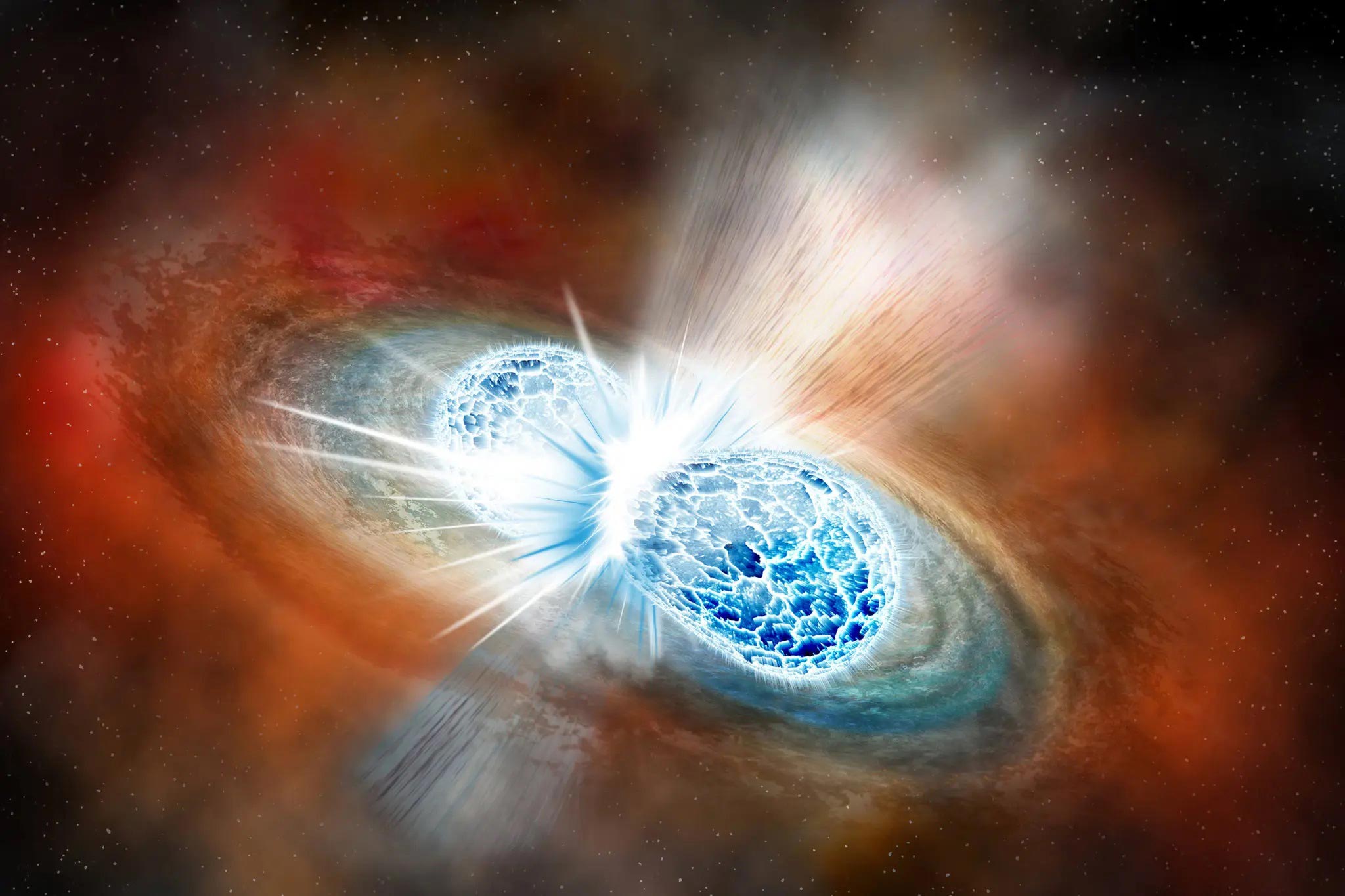
“The most likely way to make the explosion spherical is if a huge amount of energy blows out from the center of the explosion and smooths out a shape that would otherwise be asymmetrical. So the spherical shape tells us that there is probably a lot of energy in the core of the collision, which was unforeseen.”
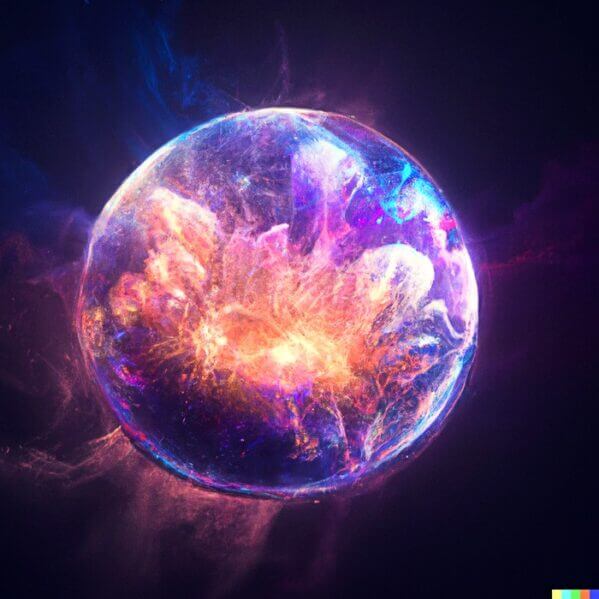
A potential explanation for the unexpectedly perfect shape of the kilonova explosion resulting from the collision of two neutron stars is the nature of these ultra-dense objects. Neutron stars form when a star exhausts all of its fusion fuel, and its core collapses into an extremely dense object. White dwarfs are formed from smaller stars up to around 1.4 times the mass of the Sun, while neutron stars are formed from mid-range stars up to around 2.4 times the mass of the Sun. For more massive stars, they turn into black holes.
During the collision of two neutron stars, the total mass results in the formation of a new object that eventually collapses into a black hole due to gravitational forces. However, before the collapse, the object can briefly exist as a hypermassive neutron star, characterized by an extremely strong magnetic field. According to a recent examination, this was the case with GW170817 – the object existed as a hypermassive neutron star for a brief period, estimated to be around a second.
This could explain the spherical kilonova, the researchers say.
“Perhaps a kind of ‘magnetic bomb’ is created at the moment when the energy from the hypermassive neutron star’s enormous magnetic field is released when the star collapses into a black hole,” Watson explains.
“The release of magnetic energy could cause the matter in the explosion to be distributed more spherically. In that case, the birth of the black hole may be very energetic.”
Although scientists have confirmed the production of heavy elements in kilonovae, the exact process by which these elements are formed remains a mystery. However, a team of researchers led by Sneppen have uncovered a new finding. They discovered a mostly symmetrical distribution of strontium, a lighter heavy element, within the kilonova ejecta of GW170817. This is puzzling as models predict that heavier elements like gold and uranium should form separately from lighter elements. The team hypothesizes that neutrinos could play a role in this unusual distribution.
“An alternative idea is that in the milliseconds that the hypermassive neutron star lives, it emits very powerfully, possibly including a huge number of neutrinos,” Sneppen says.
“Neutrinos can cause neutrons to convert into protons and electrons, and thus create more lighter elements overall. This idea also has shortcomings, but we believe that neutrinos play an even more important role than we thought.”
There’s a possibility that there could be multiple mechanisms involved. Further observations of neutron star collisions in the future might help to uncover them.
